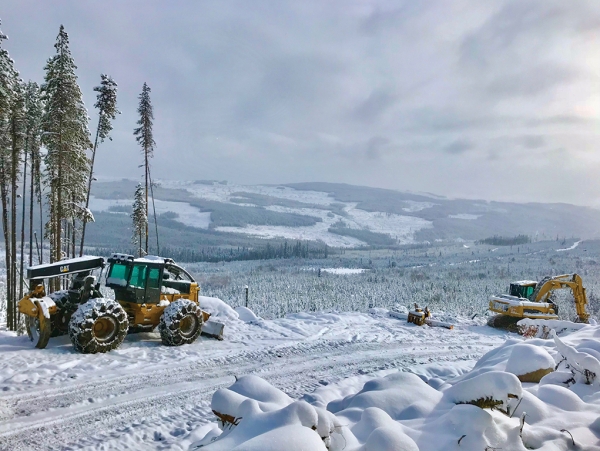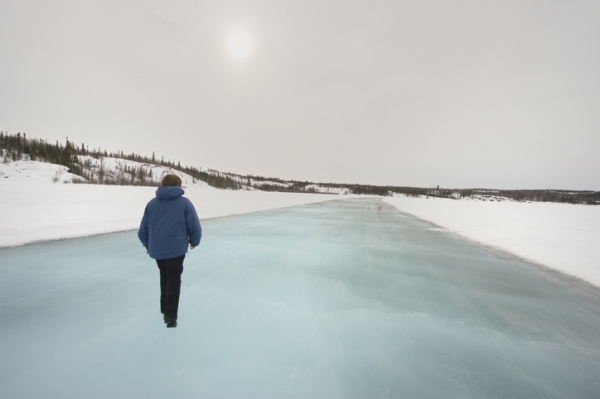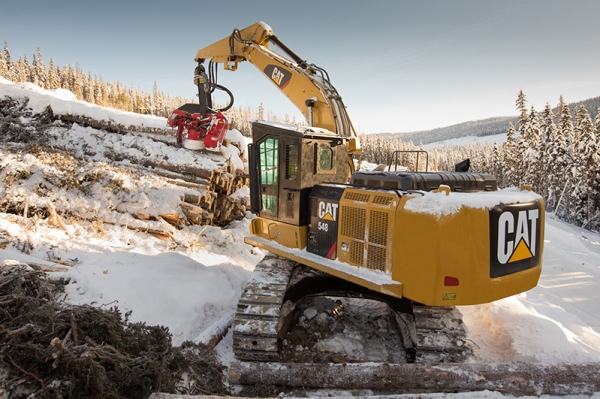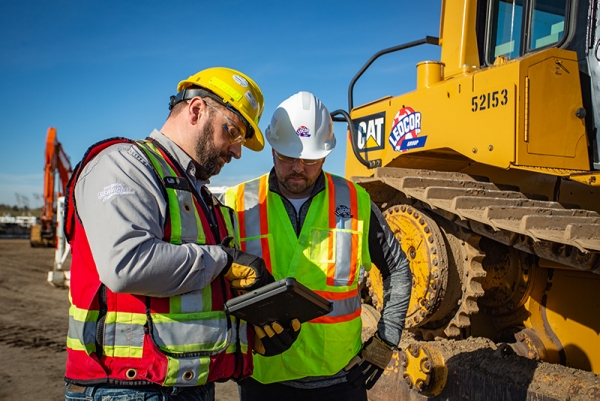Heavy Equipment in Winter
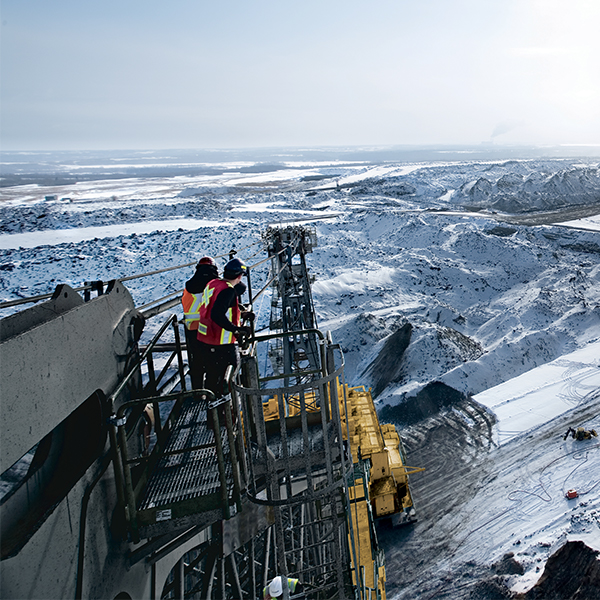
Road construction in winter (Finning Canada)

Road construction in winter (Finning Canada)
7.4
How does this align with my curriculum?
Curriculum Alignment
AB
11
Knowledge and Employability Science 20-4 (2006)
Unit B: Understanding Common Energy Conversion Systems
BC
11
Physics 11 (June 2018)
Big Idea: Energy is found in different forms, is conserved, and has the ability to do work.
NU
11
Knowledge and Employability Science 20-4 (Alberta, 2006)
Unit B: Understanding Common Energy Conversion Systems
NT
11
Knowledge and Employability Science 20-4 (Alberta, 2006)
Unit B: Understanding Common Energy Conversion Systems
AB
8
Career and Technology Foundations (CTF) (revised 2019)
CTF is working independently and with others while exploring careers and technology.
AB
9
Career and Technology Foundations (CTF) (revised 2019)
CTF is working independently and with others while exploring careers and technology.
BC
8
Career Education 8 (2016)
Big Idea: Our career paths reflect the personal, community, and educational choices we make.
NS
8
Science Grade 8 (2020)
Learners will analyse how the characteristics of cells relate to the needs of organisms.
NS
8
Science Grade 8 (2020)
Learners will evaluate ways to maintain and factors that disrupt cell and system health.
NU
8
Knowledge and Employability Science 8 (Alberta, Revised 2009)
Unit C: Light and Optical Systems
NU
8
Knowledge and Employability Science 8 (Alberta, Revised 2009)
Unit E: Freshwater and Saltwater Systems
YT
8
Science Grade 8 (British Columbia, June 2016)
Big Idea: Life processes are performed at the cellular level.
NT
8
Knowledge and Employability Science 8 (Alberta, Revised 2009)
Unit C: Light and Optical Systems
